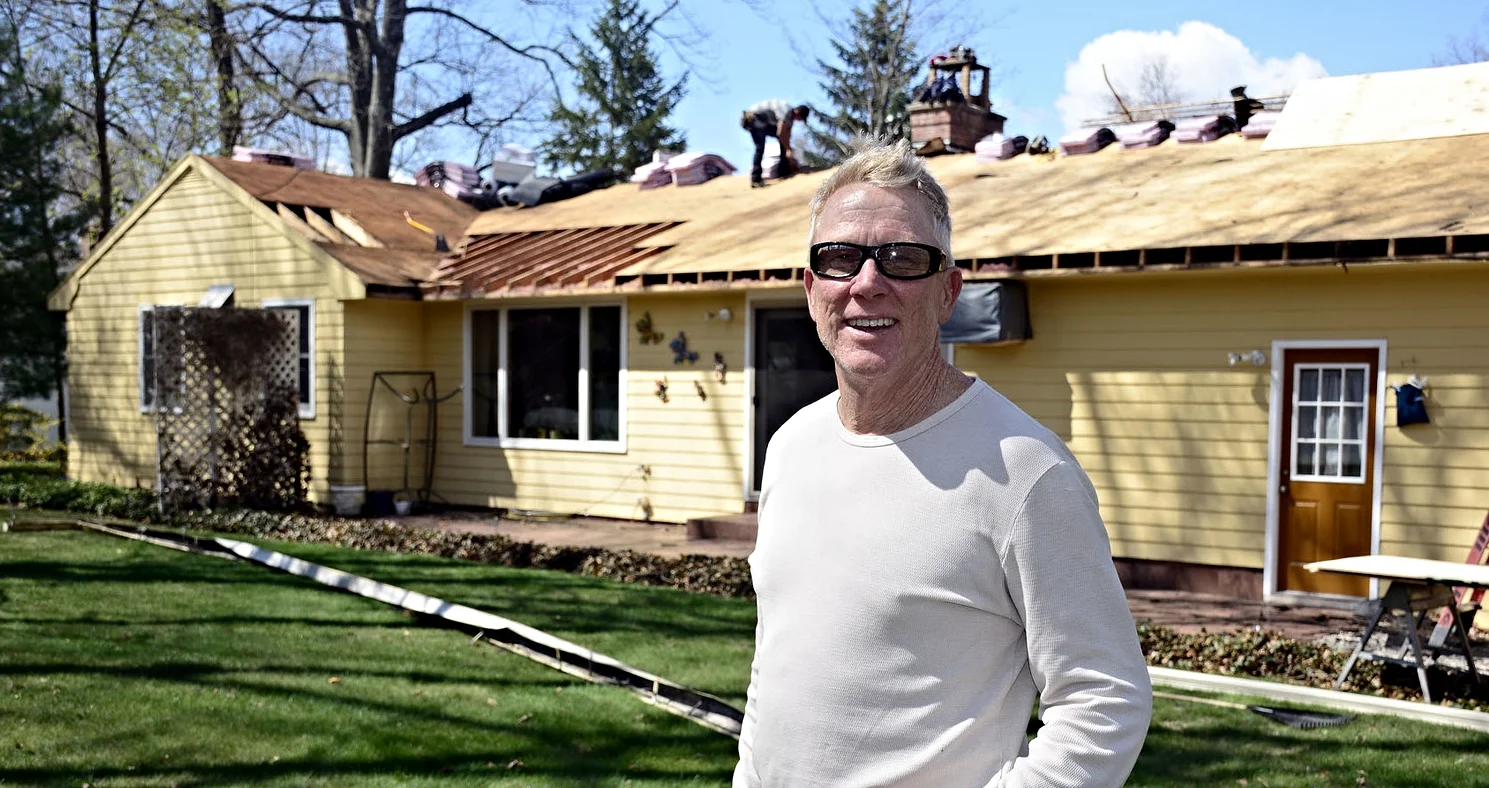Hearty Veggies to Plant in Your Summer Garden
Chelsea O'Donnell
This summer my family has been enjoying the crop of vegetables and herbs that have been flourishing in our garden. There’s nothing better than making a salad from your own fresh lettuce and jazzing up your steak with rosemary plucked off the bush. If you didn’t get a chance to plant a spring garden but crave the joys of straight from the source produce, there are a whole bunch of delicious veggies that you can get in the ground today to enjoy before the first frost.
Before you start, make sure you check the ground temperature. Get out into the garden a few hours after sunrise and use a soil thermometer to see how warm the dirt is. Most of the vegetables I’ve listed like the temperature to be between 75-85 degrees Fahrenheit. If your garden gets a lot of sunshine, your soil could be too warm and you might need to shade it.
Remember, summer seedlings will germinate quicker and will need more water in order to survive and thrive.
There are too many fall favorites for me to list, but johnnyseeds.com has a great round-up of picks for a weekend plant. As a general rule of thumb, hearty greens, most varieties in the cabbage family, and root vegetables are a safe bet. Here are the ones at the top of my list.
Swiss chard is an amazing vegetable to enjoy in the autumn. It needs a ground temperature of about 86 degrees Fahrenheit and will be ready for picking in six to eight weeks. If you’re not familiar with this veggie, collard greens and kale are more popular produce picks that have a similar flavor and grow time.
Spinach is one of my favorites because of its tough to beat in terms of iron and vitamins K, A, and C. I love that you can enjoy it raw in salads, sautéed as a dinner side, or cooked in an omelet for breakfast. Plant this one now to enjoy in between six to ten weeks.
Beets also love the warm soil and if you put them in the ground now they’ll be ready to eat by the end of summer. My wife is an amazing cook and she loves roasting the bulbs and sautéing the greens, which are high in beta-carotene, vitamin C, iron, and calcium.
Finally, everyone loves carrots, which are a slow growing vegetable but most definitely worth the wait. Carrots will take up to 12 weeks to be ready for picking, which means they’ll be ready for slow roasting just in time for the cooler October weather.
If you don’t have time to plant your own garden, you can enjoy the fruits (and vegetables) of our local farmer’s labor by visiting the new Bristol Farmer’s Market every Saturday at The Patch Downtown from 10am to 1pm. It’s a great way to support the local community and get a taste of what’s in season.
